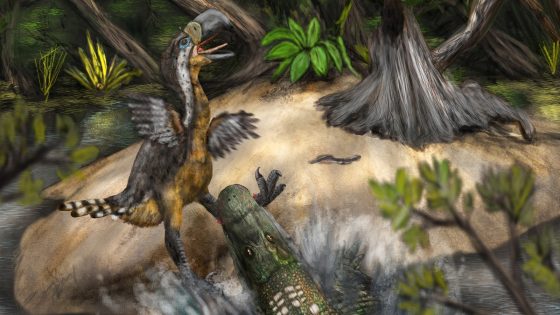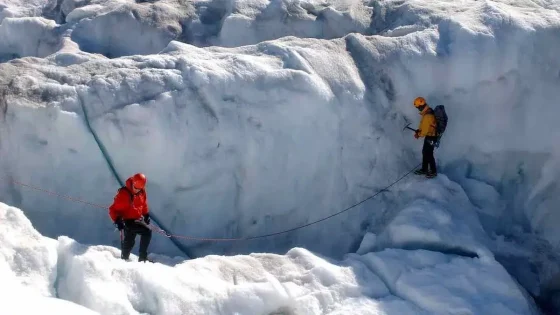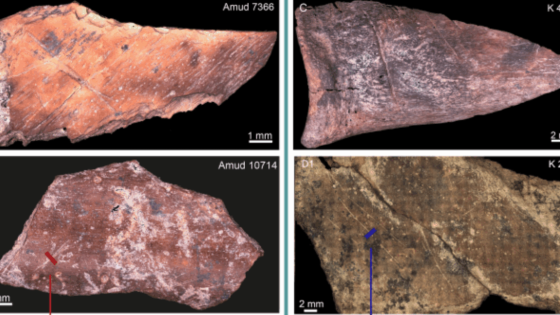Recent discoveries about terror birds reveal fascinating insights into prehistoric ecosystems. These towering creatures, standing around 10 feet tall and weighing 220 pounds, were once apex predators. On 2025-07-24 19:31:00, paleontologists in Colombia unveiled evidence suggesting that even these formidable birds could fall prey to larger predators.
- Terror bird stood 10 feet tall.
- Fossil evidence found in Colombia.
- Caiman may have preyed on terror bird.
- Tooth marks indicate a fatal attack.
- Discovery alters predator-prey assumptions.
- Fossil unearthed in La Venta beds.
In a groundbreaking study published in the journal “Biology Letters,” researchers found bite marks on a fossilized terror bird bone, indicating it may have been hunted or scavenged by a juvenile caiman. This discovery not only highlights the complex interactions between species but also challenges previous assumptions about the food web.
This finding raises intriguing questions about the ecological relationships of the past. Did terror birds primarily hunt, or were they often at risk of becoming prey themselves? The evidence suggests a more intricate food web than previously thought:
- Terror birds may have faced higher predation risks than assumed.
- The interaction between apex predators was more complex.
- Fossil records can provide insights into ancient ecological dynamics.
As researchers continue to explore these interactions, we may uncover more about the intricate balance of life in prehistoric times. What other secrets do ancient fossils hold?
































